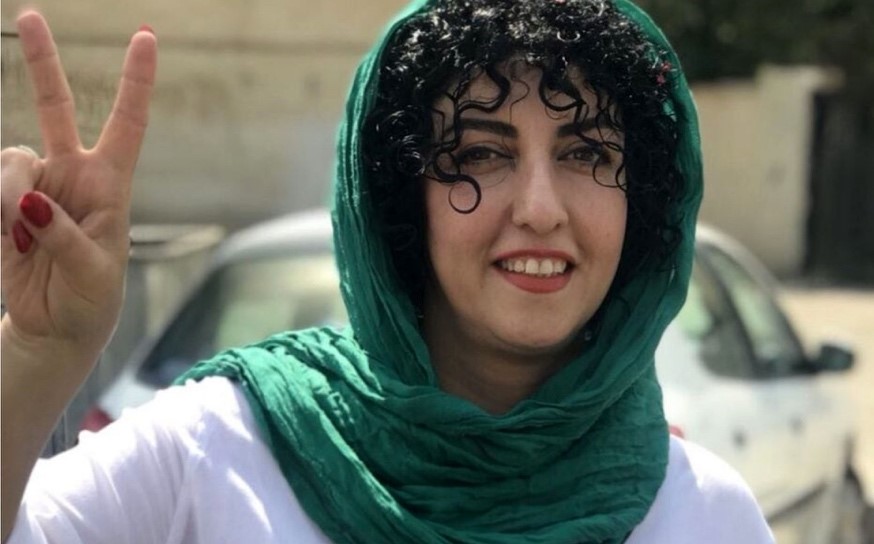Free Courses Sale ends Soon, Get It Now


Free Courses Sale ends Soon, Get It Now



Disclaimer: Copyright infringement not intended.
Context
Details
Early Life and Background
Transition to Activism
Involvement in Human Rights Organizations
Multiple Arrests and Imprisonments
Previous Awards and Recognition
Legacy of Iranian Nobel Peace Prize Laureates
About the Prize
Selection Process
Controversies
Nominations and Secrecy
Selection and Announcement
Award Ceremony and Medal
Design of the Nobel Peace Prize Medal
Conclusion
|
PRACTICE QUESTION Q. Which of the following statements about the Nobel Peace Prize is correct?
Options: a) Only statement 1 is correct. b) Only statements 2 and 3 are correct. c) Only statement 3 is correct. d) None of the statements are correct. Answer: c) |
© 2024 iasgyan. All right reserved